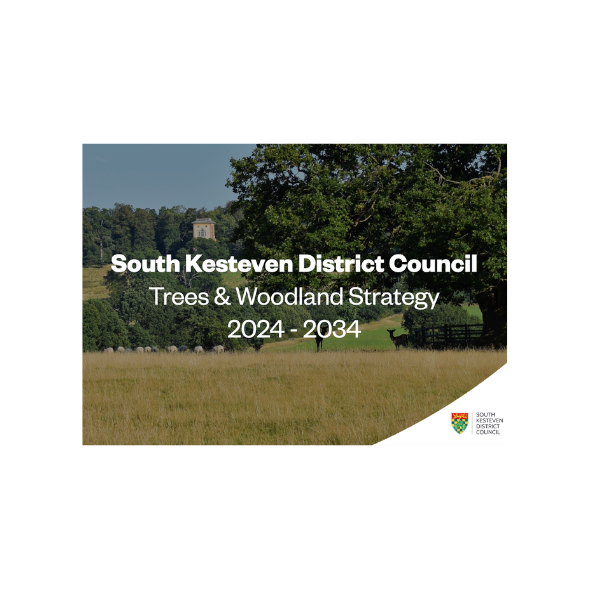In this report, the trees managed by Islington Borough Council have been assessed based on the
benefits that they provide to society. These trees, which form part of Islington’s natural capital, are
generally recognised and appreciated for their amenity, presence and stature in the cityscape.
However, society is often unaware of the many other benefits (or ecosystem services) that trees
provide to those living in our towns and cities.
The trees in and around our urban areas (together with woodlands, shrubs, hedges, open grass,
green space and wetland) are collectively known as the ‘urban forest’. This urban forest improves our
air, protects watercourses, saves energy, and improves economic sustainability . There are also many 1
health and well-being benefits associated with being in close proximity to trees and there is a growing
research base to support this
.
Islington’s publicly managed trees are a crucial part of the town’s urban forest. Many of the benefits
that Islington’s urban forest provides are offered through its public trees.
Economic valuation of the benefits provided by our natural capital3 (including the urban forest) can
help to mitigate for development impacts, inform land use changes and reduce any potential impact
through planned intervention to avoid a net loss of natural capital. Such information can be used to
help make better management decisions. Yet, as the benefits provided by such natural capital are
often poorly understood, they are often undervalued in the decision-making process.
In order to produce values for some of the benefits provided by Islington’s publicly managed trees, a
state of the art, peer reviewed software system called i-Tree Eco (referred to as ‘Eco’ throughout the 4
report) was used. This is a partial analysis as not all trees or ecosystem services were quantified or valued. Therefore the figures presented in this report should be regarded as a conservative estimate.





